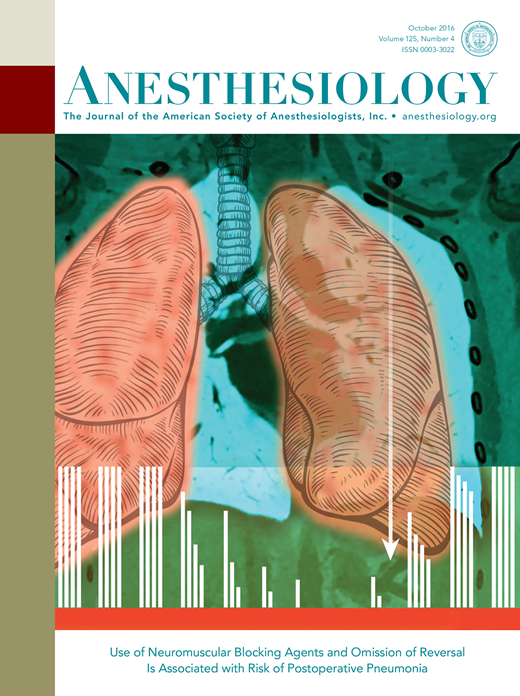In the last year I had case of real-deal C-spine instability where I wanted to cover myself vis a vis a normal neuro exam post intubation. I did an AFOI the traditional way (set expectations with the patient (prob the most important thing), topicalize early and let the local anesthetic work, little glyco to dry up secretions etc) with pretty much no sedation. After the tube went in, I had everyone in the room (including the neurosurgeon and the neuromonitoring dude) see that the patient had normal motor/sensory exam before I pushed the propofol and induced him.
Regarding AFOI, I agree that it may not be utilized enough for people to feel truly comfortable with it. But the biggest issue that I think people have is that they want to get the intubation completed and start the case fast as they would an ASA 1 lap appendectomy. If you are someone who has a decent reputation who doesn't drag their feet for every case and take their sweet-ass time preoxygenating every ASA1 to an ETO2 of 90+, when you finally do say that things need to slow down in the name of patient safety, most people will actually listen and understand.
And on the topic of AFOI and how well tolerated an ETT can be if your topicalization is good, an oldie but a goodie that I am sure many of you have seen in the past -

